Make An Electroscope for an Engaging Science Lesson
How can we tell if an object contains electrically charged atoms? We can make our own detecting device called an electroscope.
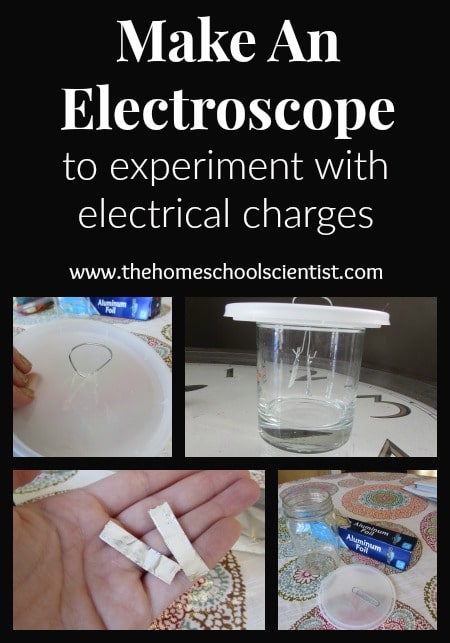
Check out this intro to atoms post.
How can we tell if an object contains electrically charged atoms? We can make our own detecting device called an electroscope.
Testing Electric Charge With An Electroscope
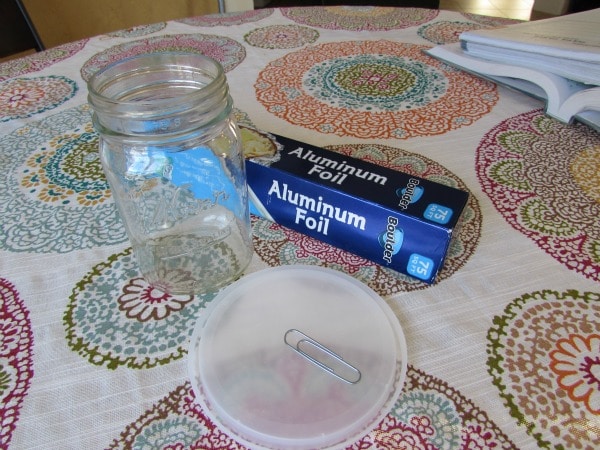
Supplies
- a clear glass or jar
- a plastic lid to fit over the glass or jar
- a paper clip
- two small strips of aluminum foil
- an inflated balloon
- pliers
- tape
Procedure
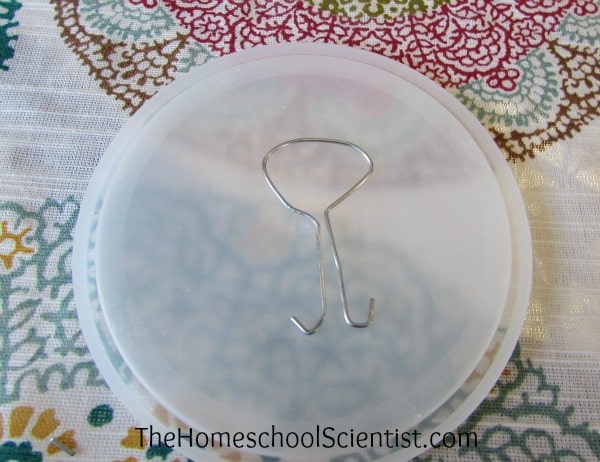
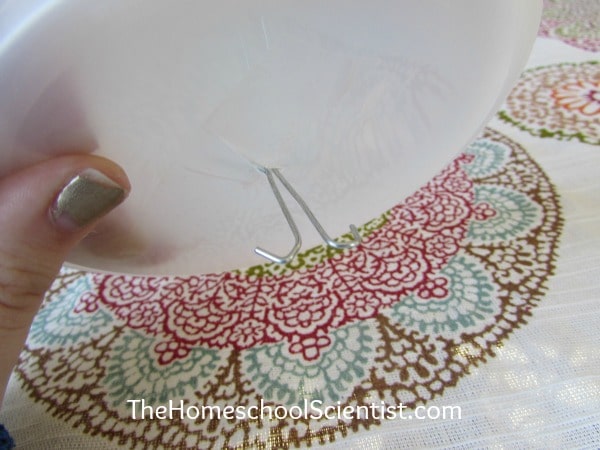
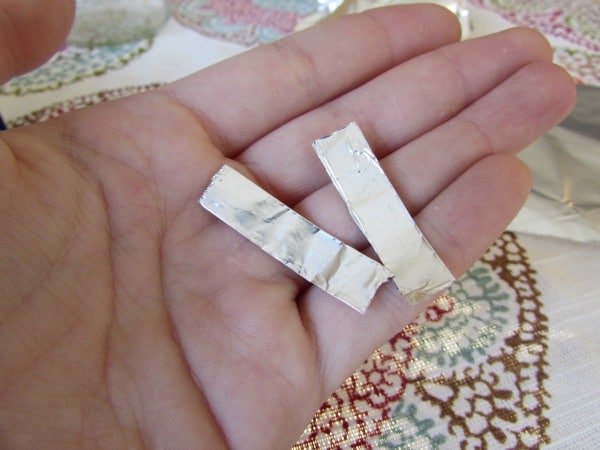
rips onto the glass. Take the inflated balloon and rub it on your hair to charge the balloon with negatively charged electrons. Slowly bring the balloon close to the wire loop. Don’t touch the wire. Watch the foil strips.Place the lid with the wire and aluminum foil st
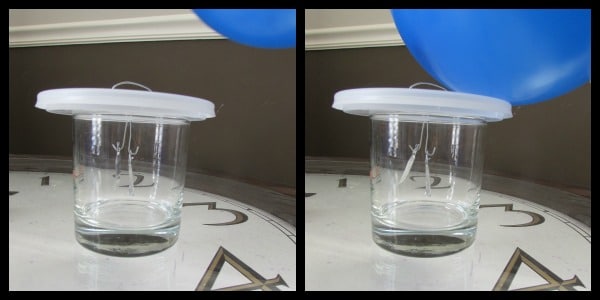
Next, move the balloon away from the wire and then slowly move it closer to the wire again. This time, touch the wire with the balloon. Watch the foil strips. What happened?
What Happened?
When you rubbed the balloon on your hair, the balloon picked up electrons from the hair and the balloon became negatively charged. This is called static electricity. As you moved the balloon close to the wire on the electroscope, it “detected” the negative charge.
The foil and the wire on the electroscope had a neutral charge at the beginning of the experiment. When the balloon approached the electroscope, the negative charge of the balloon repelled the negatively charged electrons in the paper clip and the foil. When those electrons reached the ends of the two strips of foil, they became negatively charged and repelled each other. This is what caused the foil to move.
When the balloon was moved away, the charge returned to neutral and the strips moved back to where they were at the beginning of the experiment.
Did you touch the balloon to the wire? If you did, the balloon would have transferred its extra electrons to the electroscope. This would have caused the foil strips to stay repelled from each other even when the balloon was removed. To make the charge of the electroscope neutral again, just touch the wire with your finger. The extra electrons would then move into your body. When the charge of the electroscope is neutral, the foil strips will return to their starting position.
Use your electroscope to detect charges in other objects around the house. Try creating static electricity with combs, rubbing vinyl records, with your hands, or dragging your feet across the carpet.
High School Resources
- Tips for Homeschooling High School
- College Prep Tips for Homeschool Students
- Large selection of high school articles and tips from HipHomeschoolMoms
I hold a master’s degree in child development and early education and am working on a post-baccalaureate in biology. I spent 15 years working for a biotechnology company developing IT systems in DNA testing laboratories across the US. I taught K4 in a private school, homeschooled my children, and have taught on the mission field in southern Asia. For 4 years, I served on our state’s FIRST Lego League tournament Board and served as the Judging Director. I own thehomeschoolscientist and also write a regular science column for Homeschooling Today Magazine. You’ll also find my writings on the CTCMath blog. Through this site, I have authored over 50 math and science resources.


